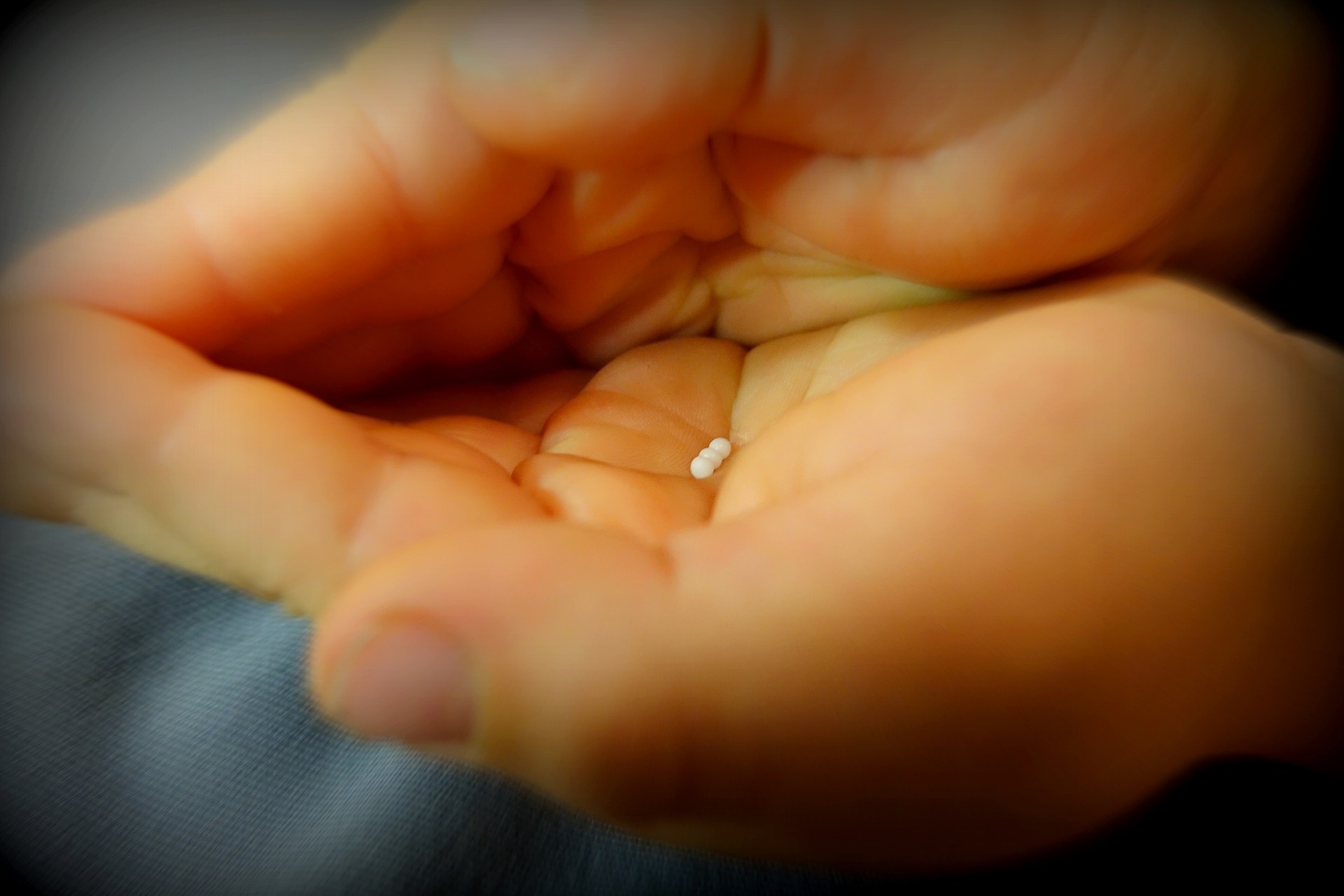Media release
From:
Giving medicines to babies and children – the struggle is real
Medicines and children can be a struggle, as many parents and carers know all too well. In Australian Prescriber, pharmacist Lucinda Smith and colleagues from the Women’s and Children’s Hospital in Adelaide talk about the topic. What are some tips and tricks you can try?
“Kids may refuse a medicine for many reasons,” says Smith. “It can be fear, taste, shyness, or they simply don’t like it.”
“Choose a medicine that’s right for your child. How old are they? Can they swallow? Is the product easy to give? Ask your child what form and flavour they prefer,” she says.
“You can improve the bad taste of a medicine by mixing it with juice or cordial,” says Smith.
“Keep in mind what your child likes. They might not like the same flavours as you.
“When giving liquids, aim for the back of the mouth against the cheek. Avoid the tongue. This will lessen the aftertaste. Having your child’s favourite drink ready to follow the medicine can also help.
“Some kids might not like the feel of a medicine. You can reduce the thickness of a liquid by mixing it with water or a flavoured drink.
“You can remove the gritty feeling of crushed tablets by mixing them with something thick. Jelly, custard or spreads can help,” she says.
Smith says there is no single correct method of giving medicines to a child.
“You may need to try many ways before you find one that works,” she says.
The article also looks at the common ‘Dos and Don’ts’ for giving medicines to children. It is important to always check with your doctor or pharmacist. Not all medicines can be changed.
Read the article in Australian Prescriber.



 Australia; SA
Australia; SA



